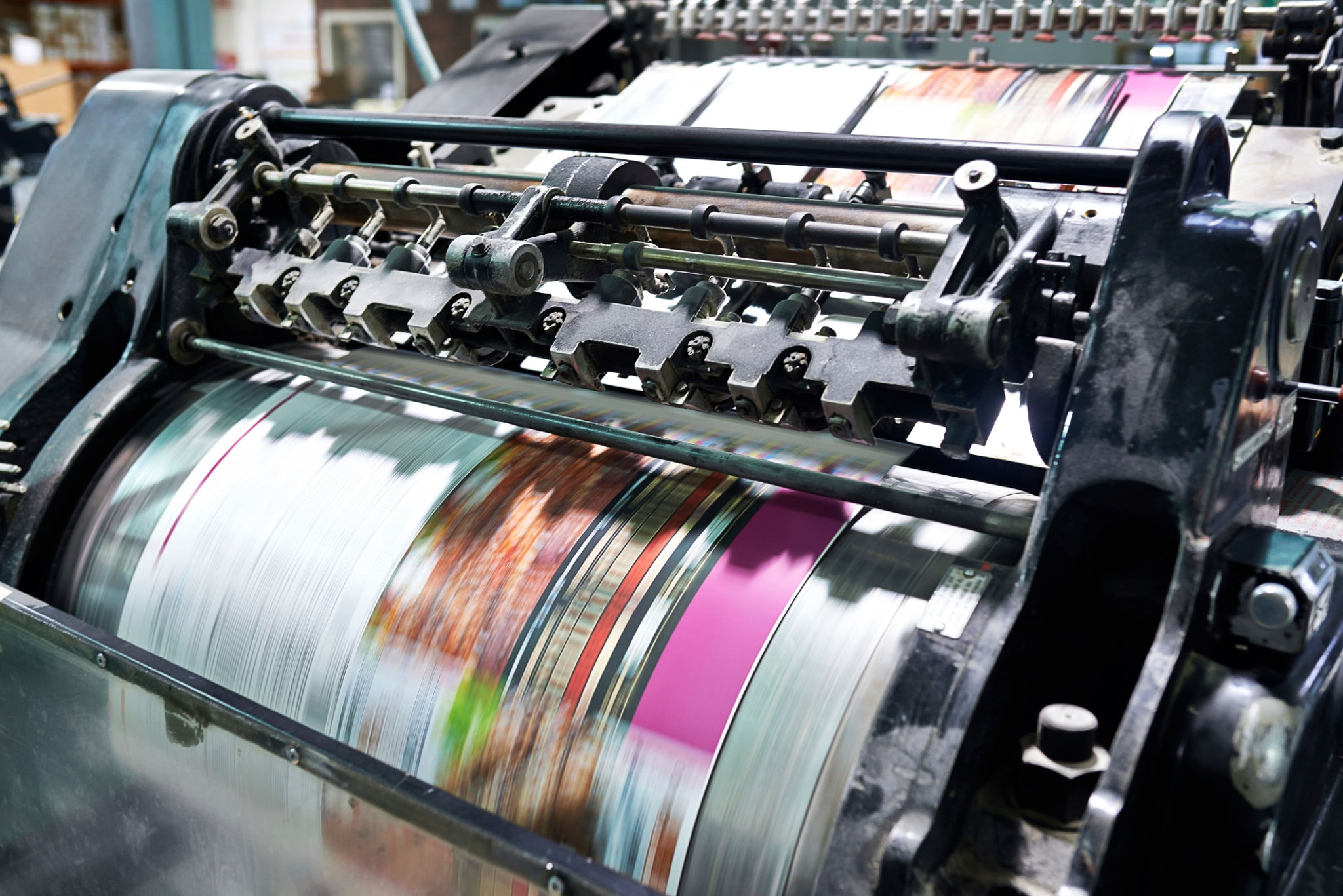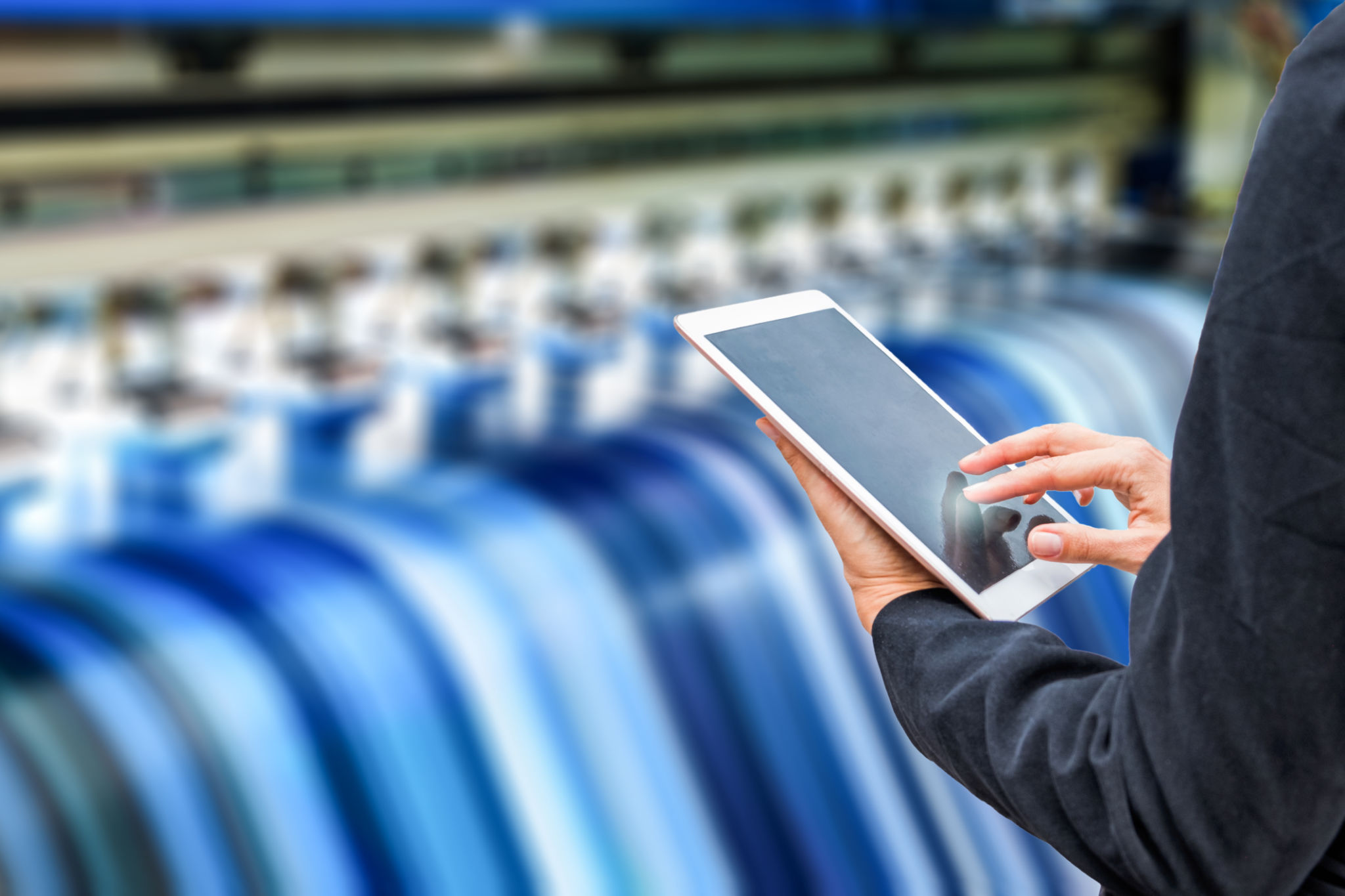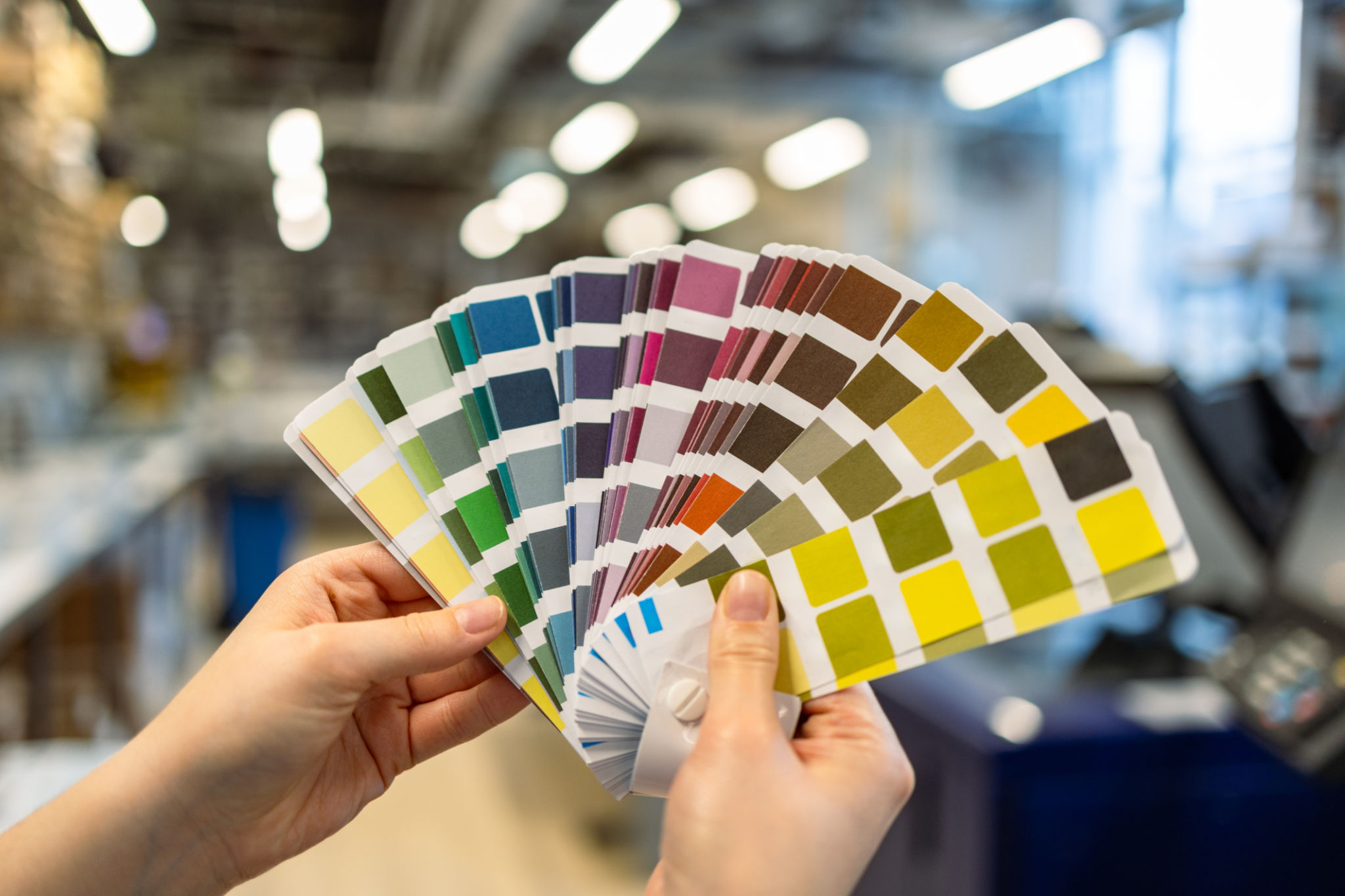Comparing Digital vs. Offset Printing: Which is Right for Your Project?
Introduction to Printing Methods
In the world of printing, selecting the right method for your project can significantly impact its quality, cost, and turnaround time. The two most common printing techniques are digital and offset printing, each offering unique advantages depending on your needs. Understanding the differences between them will help you make an informed decision for your next project.

What is Digital Printing?
Digital printing involves transferring a digital image directly onto a variety of media. This process is ideal for smaller print runs and projects that require quick turnaround times. Since there is no need for printing plates, setup costs are usually lower, making it a cost-effective option for small quantities.
Advantages of Digital Printing
Digital printing offers several benefits:
- Fast turnaround: Digital printing can be completed quickly as it requires minimal setup.
- Cost-effective for small runs: Without the need for plates, small print jobs are more affordable.
- Variable data capability: Perfect for personalized marketing materials where each print can be unique.

The Offset Printing Process
Offset printing is a more traditional method that involves transferring an inked image from a plate to a rubber blanket and then onto the printing surface. This technique is best suited for large-volume projects as it becomes more cost-effective with higher quantities, despite the initial setup costs.
Advantages of Offset Printing
Some key advantages of offset printing include:
- High image quality: Offset printing produces sharp and clean images with consistent color.
- Cost-effective for large volumes: As the quantity increases, the per-unit cost decreases significantly.
- Wide range of materials: Suitable for various surfaces, including paper, cardboard, and plastic.

Factors to Consider When Choosing Between Digital and Offset Printing
When deciding which printing method to use for your project, consider the following factors:
- Quantity: For smaller runs, digital printing is often more economical, while offset is better for large volumes.
- Quality: If your project requires high-quality images and consistent color, offset printing might be preferable.
- Turnaround time: Digital printing is faster, making it suitable for tight deadlines.
- Budget: Consider the setup and per-unit costs to determine which method aligns with your budget.
Conclusion: Making the Right Choice
Ultimately, the choice between digital and offset printing depends on your specific needs and priorities. If you're working on a short-run project with a tight deadline or require personalized content, digital printing is likely your best bet. However, if you're aiming for high-quality output on a larger scale, offset printing offers superior results at a lower cost per unit.

By understanding the strengths and limitations of each method, you can select the most suitable printing solution to ensure your project's success. Whether you choose digital or offset printing, both methods have their place in today's diverse printing landscape.
